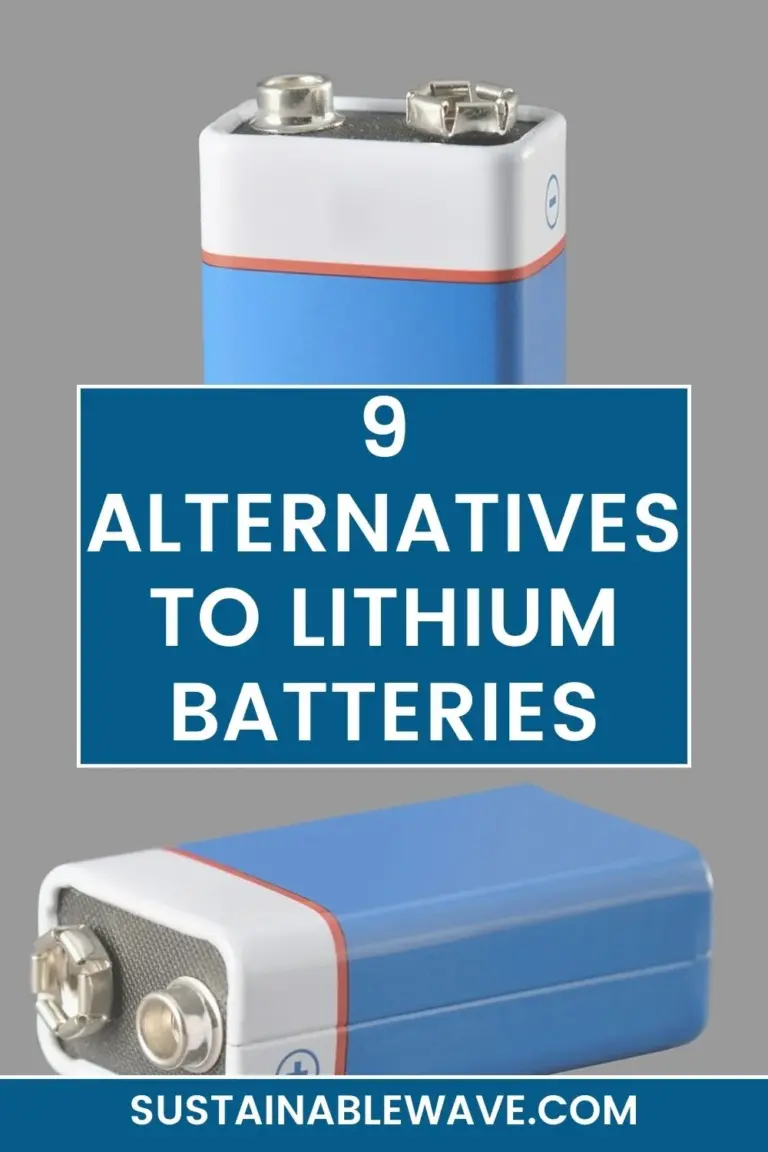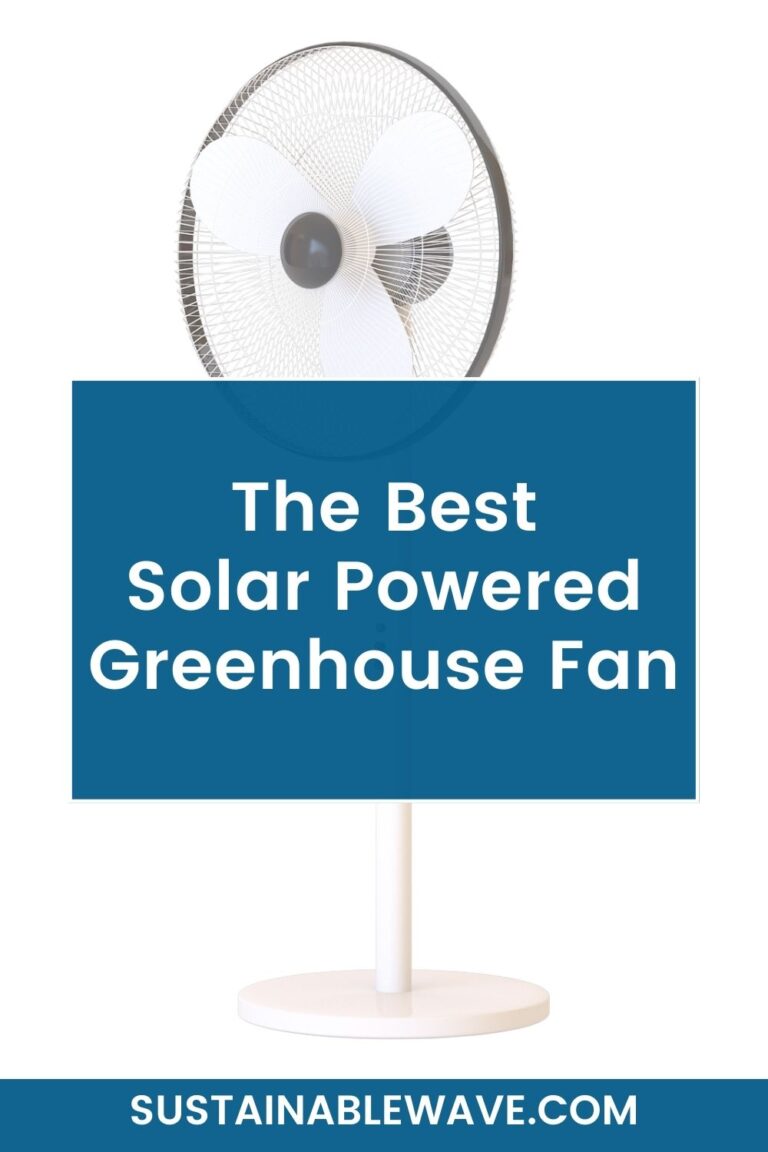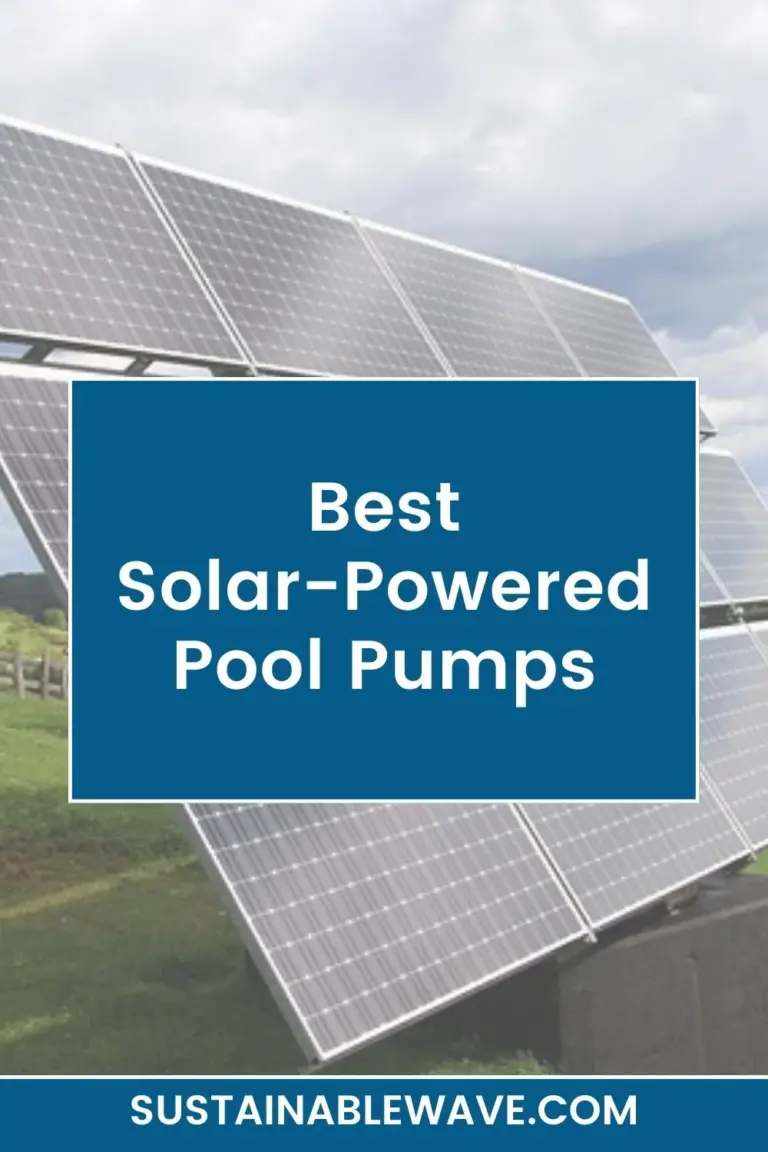Water is the lifeblood of our planet, a vital natural resource that sustains all forms of life. Yet, it’s a resource that we often take for granted. With the ever-growing demands of our global population and the unpredictable patterns of climate change, the need for efficient ways to conserve water has never been more critical.
High-efficiency toilets, low-flow showerheads, faucet aerators, and smart irrigation systems are among the most effective devices for residential water conservation. But in this modern day and age, numerous more are being constantly designed.
This comprehensive guide delves into the array of devices available, their benefits, and how to incorporate them effectively into our daily lives.
Types of Water Conservation Devices
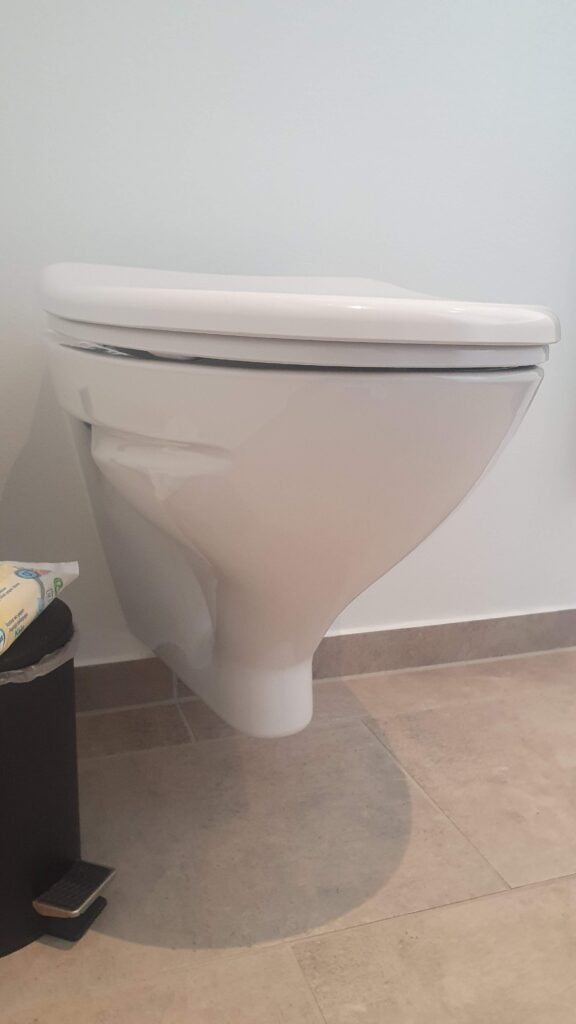
Water conservation devices come in a myriad of forms, each designed to reduce water usage in a specific context.
Here’s a deeper dive into the types of devices available and how they function.
Indoor Water-Saving Devices
High-Efficiency Toilets (HETs)
High-efficiency toilets (HETs) are a significant step forward in water conservation within the household. Traditional toilets use about 3.5 to 7 gallons per flush, whereas HETs use no more than 1.28 gallons per flush. This substantial reduction is achieved through various design innovations such as optimized water flow and larger trapways to prevent clogging.
Some models come with dual-flush technology, providing two flushing options: a reduced flush for liquid waste and a standard flush for solid waste. This allows users to customize water usage based on their immediate needs. Moreover, the latest HETs are designed to enhance the flushing power, ensuring that the reduced water volume does not compromise the toilet’s efficiency in waste removal.
Low-Flow Showerheads
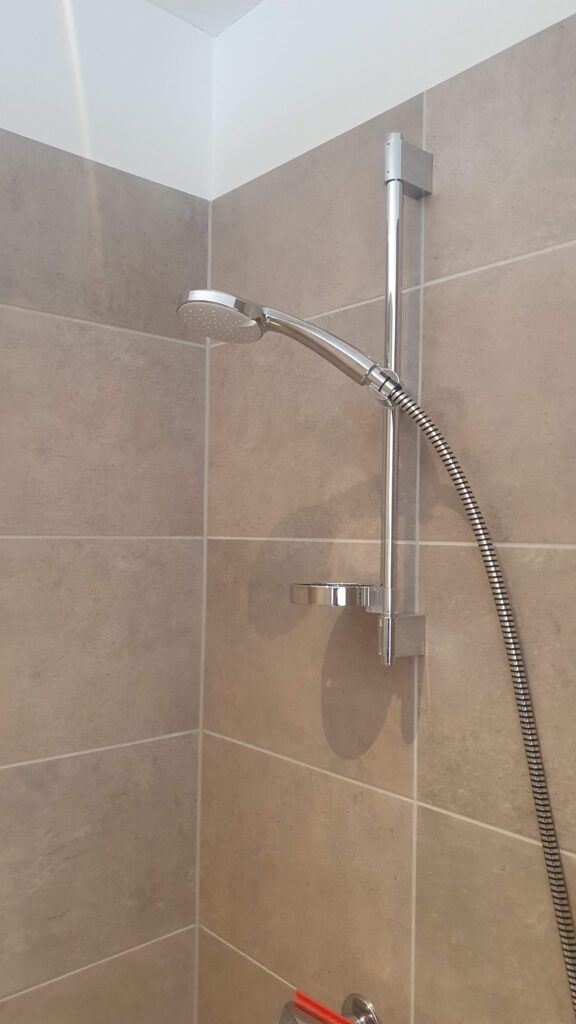
Low-flow showerheads are designed to reduce water usage without sacrificing the quality of the showering experience. These fixtures are typically rated at 2.5 gallons per minute (GPM) or less, a significant reduction from the standard 5-8 GPM of older models.
They employ various technologies such as aeration, which mixes air with water to maintain pressure, or laminar flow, which produces individual streams of water. Many low-flow showerheads also offer adjustable settings, allowing users to choose between different spray patterns and strengths.
By conserving water and the energy required to heat it, these showerheads not only save resources but also reduce utility bills.
Faucet Aerators
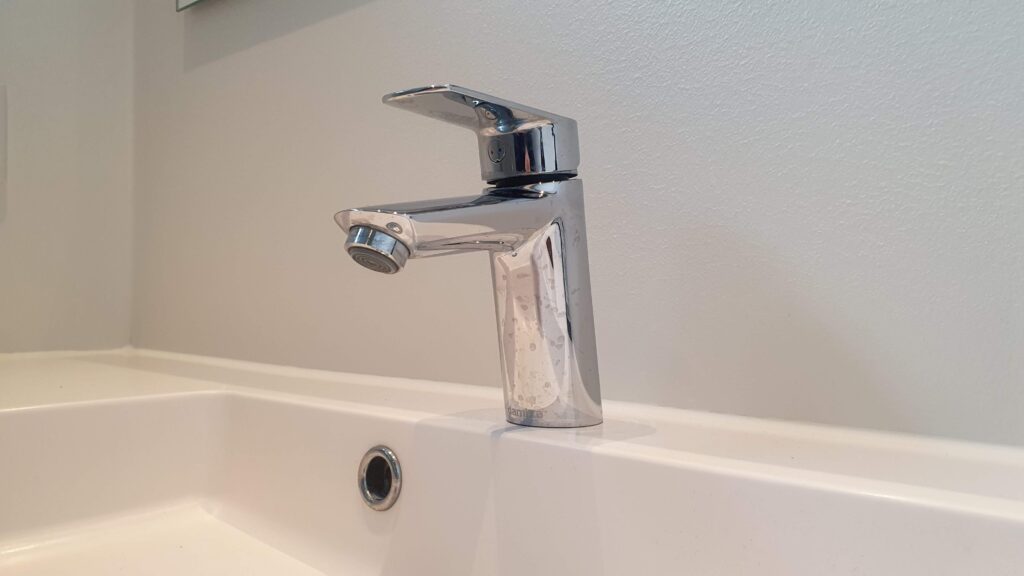
Faucet Aerators are simple yet effective devices that can be attached to the end of almost any faucet. They work by introducing air into the water stream, creating a fuller, more powerful flow while using less water. This not only leads to water conservation but also reduces splashing and increases the perceived pressure of the water flow.
Aerators are typically rated by flow rate, with water-efficient models using as little as 0.5 gallons per minute. They are an inexpensive and easy-to-install solution that can have an immediate impact on water usage in any household.
Water-Efficient Washing Machines
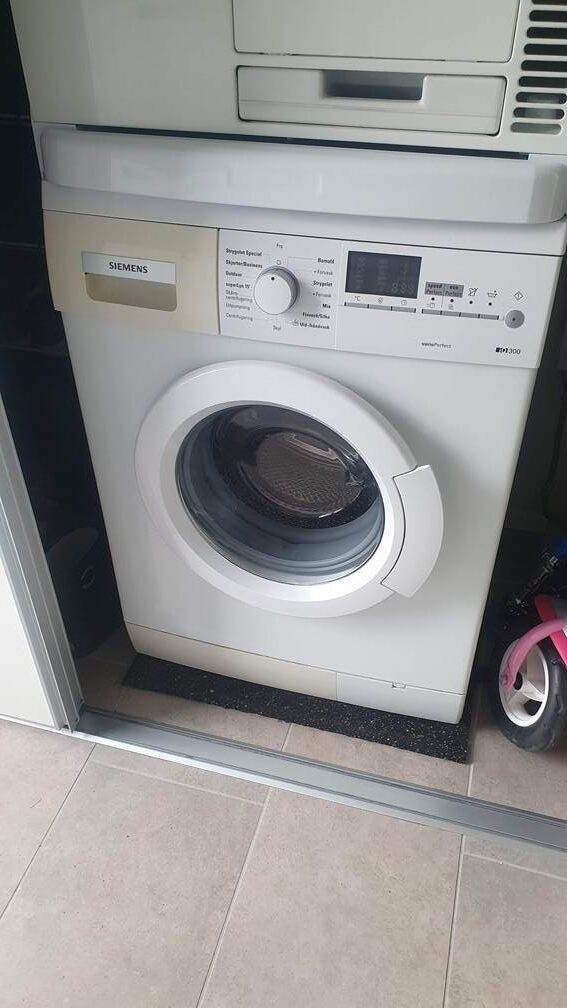
Water-efficient washing Machines are designed to minimize water usage without compromising on cleaning performance. They utilize advanced technologies such as load sensing, which adjusts the water volume based on the size and type of load, and high-pressure jets to enhance water and detergent penetration into fabrics.
Some models also recycle rinse water for use in subsequent wash cycles. These machines can use up to 50% less water compared to older, less efficient models. Over time, the savings in water and energy costs can offset the initial investment in a water-efficient washing machine.
Tankless Water Heaters
Tankless Water Heaters, also known as on-demand water heaters, heat water directly without the use of a storage tank. When a hot water tap is turned on, cold water travels through a pipe into the unit, where it is heated by either a gas burner or an electric element.
This process eliminates the standby energy losses associated with storage water heaters and ensures that hot water is not wasted while waiting for it to reach the tap. Furthermore, tankless water heaters have a longer lifespan and take up less space than traditional water heaters. While the upfront cost is higher, the energy savings over time can be substantial.
Outdoor Water-Saving Devices
Smart Irrigation Controllers
Smart Irrigation Controllers are revolutionizing the way we water our gardens and landscapes. These devices use weather data, soil moisture sensors, and plant type information to optimize watering schedules and quantities.
By adjusting for factors like rainfall, humidity, and evapotranspiration, smart controllers can prevent overwatering, which not only wastes water but can also harm plant health. Some models can be controlled remotely via smartphone apps, providing real-time adjustments and notifications.
This technology promotes deep-root growth, and healthier landscapes, and can result in water savings of up to 30% or more compared to traditional timer-based systems.
Drip Irrigation Systems
Drip Irrigation Systems deliver water directly to the base of plants, minimizing evaporation and runoff. This targeted approach ensures that water is used efficiently, reaching the roots where it’s most needed.
Drip systems use a network of valves, pipes, tubing, and emitters to deliver water at a slow and steady rate, which can be precisely controlled according to the needs of specific plants or zones within a garden. This method is particularly effective in arid climates and for water-intensive crops, as it can reduce water usage by 30-50% compared to conventional sprinkler systems.
Rain Barrels
Rain Barrels are simple yet effective tools for collecting and storing rainwater from rooftops, which can then be used for watering gardens, lawns, and indoor plants. By capturing rainwater, these barrels reduce the demand for municipal water supplies and help manage stormwater runoff, protecting local waterways from pollution.
Most rain barrels come with a spigot for easy access and can be connected to a garden hose or drip irrigation system. They are an affordable and low-maintenance option for homeowners looking to make a positive environmental impact and save money on water bills.
Pool Covers
Pool Covers serve multiple purposes in water conservation. By covering a pool when it’s not in use, evaporation is significantly reduced, potentially saving thousands of gallons of water each year.
In addition to conserving water, pool covers help maintain water temperature, reduce chemical consumption, and keep debris out of the pool, all of which contribute to lower maintenance costs and less frequent water replacement.
There are various types of pool covers, including automatic, manual, and solar covers, each offering different benefits and levels of convenience.
Specialized Water Conservation Devices
Greywater Systems
Greywater Systems recycles water from showers, sinks, and washing machines for reuse in irrigation and flushing toilets. By diverting greywater from the sewage system, these systems can reduce household water usage by up to 50%.
Advanced greywater systems filter and treat the water to remove impurities, making it safe for garden irrigation. They are especially beneficial in regions with water scarcity, as they provide a sustainable source of water for landscaping without tapping into potable water supplies.
Waterless Urinals
Waterless Urinals operate without the use of water for flushing, relying instead on gravity and a specially designed trap filled with a liquid sealant. Urine passes through the sealant and flows down the drain, while the sealant prevents odors from escaping.
This innovative design can save tens of thousands of gallons of water per year per urinal, making it a highly effective water-saving device for public restrooms and high-traffic facilities. Waterless urinals also reduce sewage output and can lower water and sewer bills substantially.
Soil Moisture Sensors
Soil Moisture Sensors are pivotal in ensuring efficient water usage in agriculture and landscaping. These devices measure the moisture content within the soil, providing real-time data that can be used to optimize irrigation schedules.
By only watering when the soil requires it, these sensors prevent overwatering and underwatering, promoting healthy plant growth and conserving water.
Advanced models can be integrated with smart irrigation systems, automatically adjusting watering based on the soil’s moisture levels. This technology is particularly useful for farmers, gardeners, and anyone looking to maintain their green spaces with minimal water waste.
Pressure-Reducing Valves
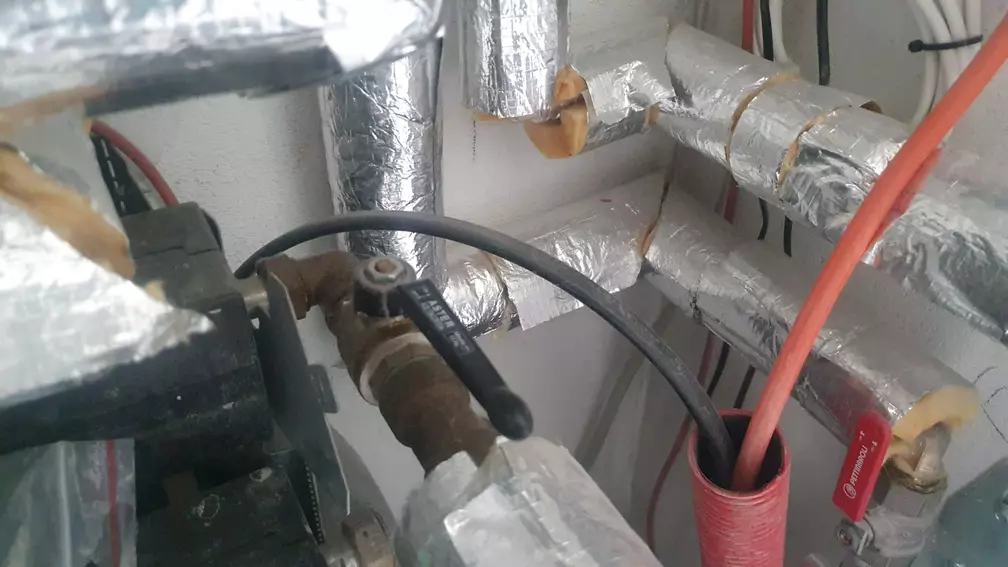
Pressure-reducing valves (PRVs) are installed in water systems to regulate the pressure of water entering a property from municipal lines. High water pressure can lead to excessive water flow and waste, as well as strain plumbing fixtures, leading to leaks and breaks.
By maintaining consistent and lower pressure, PRVs help reduce water consumption and extend the life of plumbing fixtures and appliances. This not only conserves water but also reduces the risk of costly repairs and water damage.
Innovative Water-Saving Technologies
Atmospheric Water Generators
Atmospheric Water Generators (AWGs) extract moisture from the air and convert it into clean, potable water. Using a process of condensation, these devices can produce water even in arid climates, providing a sustainable source of drinking water where it may be scarce.
AWGs vary in size from small, home-based units to large, industrial-scale systems. They are particularly useful in areas with limited access to fresh water sources or where water quality is compromised, offering a way to supplement water needs without impacting local water ecosystems.
Water-Efficient Dishwashers
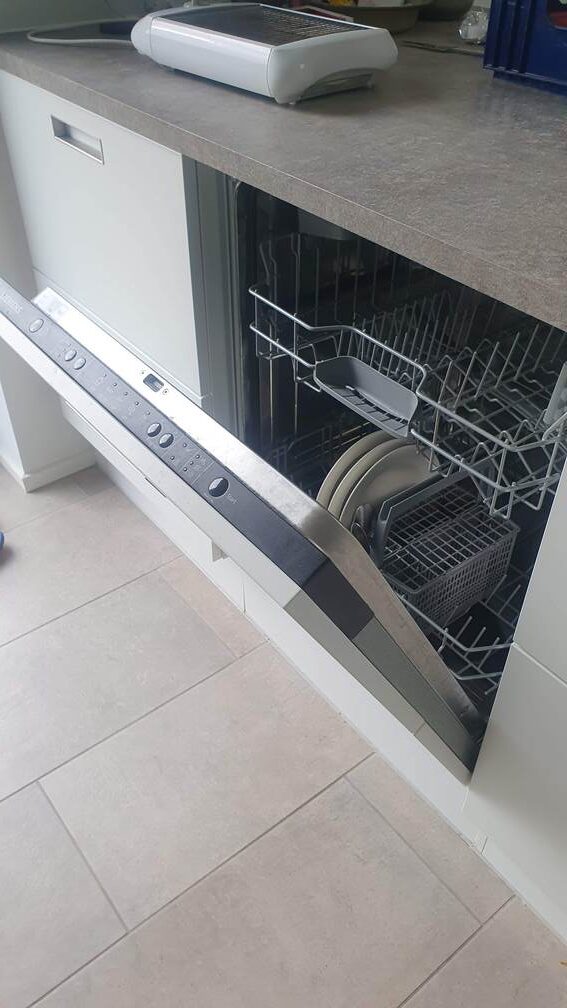
Water-efficient dishwashers are designed to use less water and energy compared to conventional models. They employ advanced technologies such as soil sensors to adjust the cycle length and water usage based on the load’s cleanliness, efficient spray arms to maximize coverage with less water, and improved filtration systems to recycle water during the wash cycle.
These dishwashers can save hundreds of gallons of water per year, reduce energy costs, and still provide sparkling clean dishes, making them a smart choice for environmentally conscious consumers.
Smart Leak Detectors
Smart Leak Detectors provide an essential line of defense against water waste and property damage. These devices monitor water flow and pressure in real-time, quickly identifying leaks, bursts, and abnormal water usage
. They can be integrated with home automation systems, sending alerts to homeowners’ smartphones and even automatically shutting off the water supply in case of a major leak. By detecting leaks early, smart leak detectors can prevent significant water loss and damage to homes, saving both water and repair costs.
Final Words
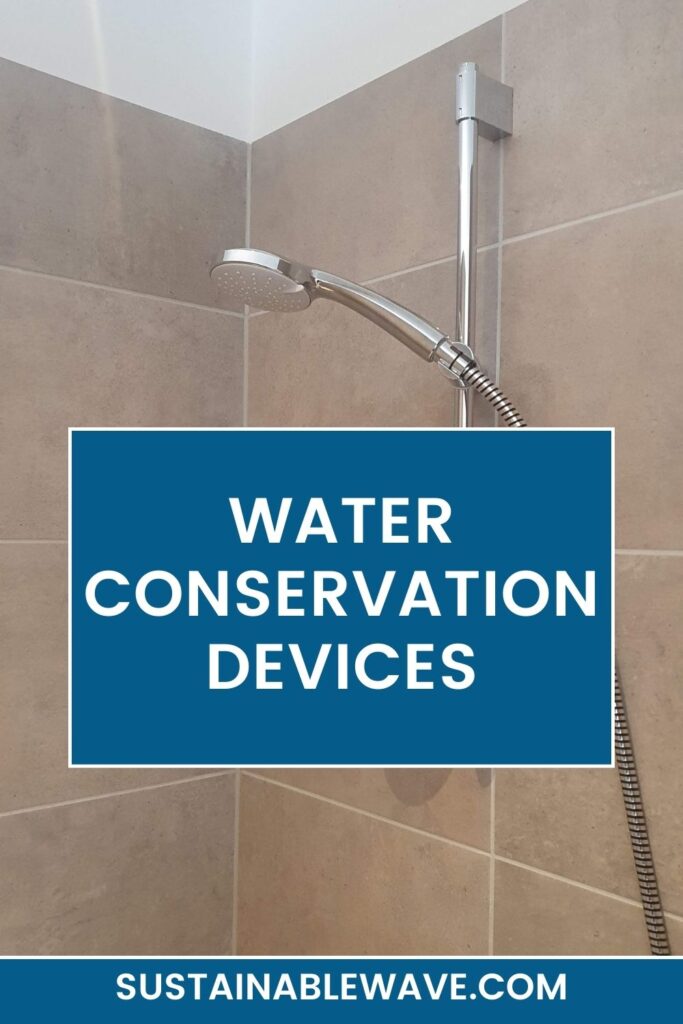
The variety of water conservation devices available today offers a solution for almost every water-saving need.
From simple aerators to complex greywater systems, these devices not only contribute to environmental sustainability but also offer economic benefits through reduced water bills.
By understanding the types and functionalities of these devices, you can make an informed decision that aligns with your conservation goals and lifestyle needs.
I’m Thomas, the owner of SustainableWave. Passionately promoting a sustainable planet. With experience in various eco-roles, I’ll share green tips, sustainability hacks, and personal eco-journeys on my blog.



